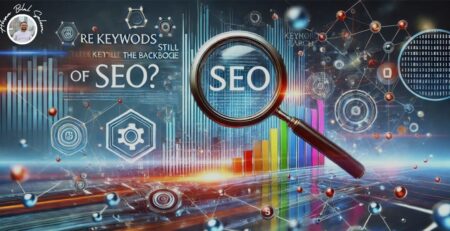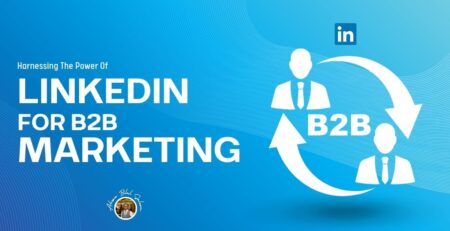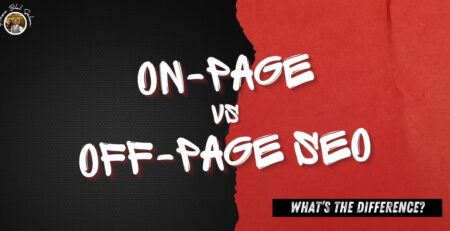SEO Vs Paid Ads: The Ultimate Traffic Showdown
In the digital marketing arena, there’s a perpetual showdown between two heavyweights: SEO (Search Engine Optimization) and Paid Advertising. Both are instrumental in driving traffic to websites, but each has its distinct approach, advantages, and limitations. In this ultimate traffic showdown, we’ll delve into the intricacies of SEO vs Paid Ads to determine which strategy reigns supreme in different scenarios.
Cost Efficiency
In the blue corner, we have SEO, the organic traffic champion. SEO involves optimizing your website and content to rank higher on search engine results pages (SERPs) without directly paying for placement. It’s like planting seeds; it takes time to nurture, but the rewards can be long-lasting. On the other side, in the red corner, Paid Ads enter the ring with a powerful punch of instant visibility. You pay for ad placement, and your website appears prominently in search results or on relevant websites instantly.
Winner: SEO. While Paid Ads deliver immediate results, they come at a cost. SEO, though requiring patience, provides sustainable traffic over time without continuous financial investment.
Targeting
SEO casts a wide net, aiming to optimize content for relevant keywords and attract organic traffic from diverse sources. It’s like fishing with a net, capturing various types of fish. Conversely, Paid Ads offer precise targeting options based on demographics, interests, and behaviors. It’s akin to spearfishing, targeting specific fish with accuracy.
Winner: Paid Ads. For businesses with well-defined target audiences, Paid Ads offer unparalleled precision in reaching potential customers.
Credibility And Trust
When it comes to credibility, SEO holds the upper hand. Natural list items are seen as more reliable by clients. Ranking high in organic search implies authority and relevance, fostering trust among users. Paid Ads, while effective, are often viewed with skepticism, as users are aware that businesses have paid for their placement.
Winner: SEO. Establishing credibility through organic search results builds long-term trust and loyalty among users.
Flexibility And Adaptability
SEO is a long-term strategy that requires continuous monitoring and adaptation to ever-changing search engine algorithms. It’s like tending to a garden; you must nurture and adapt to environmental changes. Paid Ads, on the other hand, offer flexibility in terms of budget allocation, targeting options, and ad creatives. It’s akin to driving; you can change direction and speed instantly.
Winner: Paid Ads. In a rapidly evolving digital landscape, the agility of Paid Ads allows businesses to quickly adjust their strategies and capitalize on emerging trends.
Return On Investment (ROI)
Ultimately, the measure of success in any marketing strategy is its ROI. SEO, although requiring significant upfront investment in terms of time and resources, offers a high ROI in the long run. Once your website ranks high on SERPs, the traffic it generates incurs minimal additional costs. Paid Ads, while delivering immediate results, require continuous investment to maintain visibility.
Winner: SEO. Despite its slower pace, the sustainable traffic generated by SEO ultimately leads to a higher ROI compared to Paid Ads in the long term.
Conclusion:
In the ultimate traffic showdown between SEO vs Paid Ads, there is no clear winner. The effectiveness of each strategy depends on various factors such as budget, target audience, industry, and marketing goals. While SEO excels in cost efficiency, credibility, and long-term sustainability, Paid Ads offer instant visibility, precise targeting, and flexibility. Ultimately, the ideal approach may involve a combination of both strategies, leveraging the strengths of each to maximize traffic and achieve marketing objectives.










